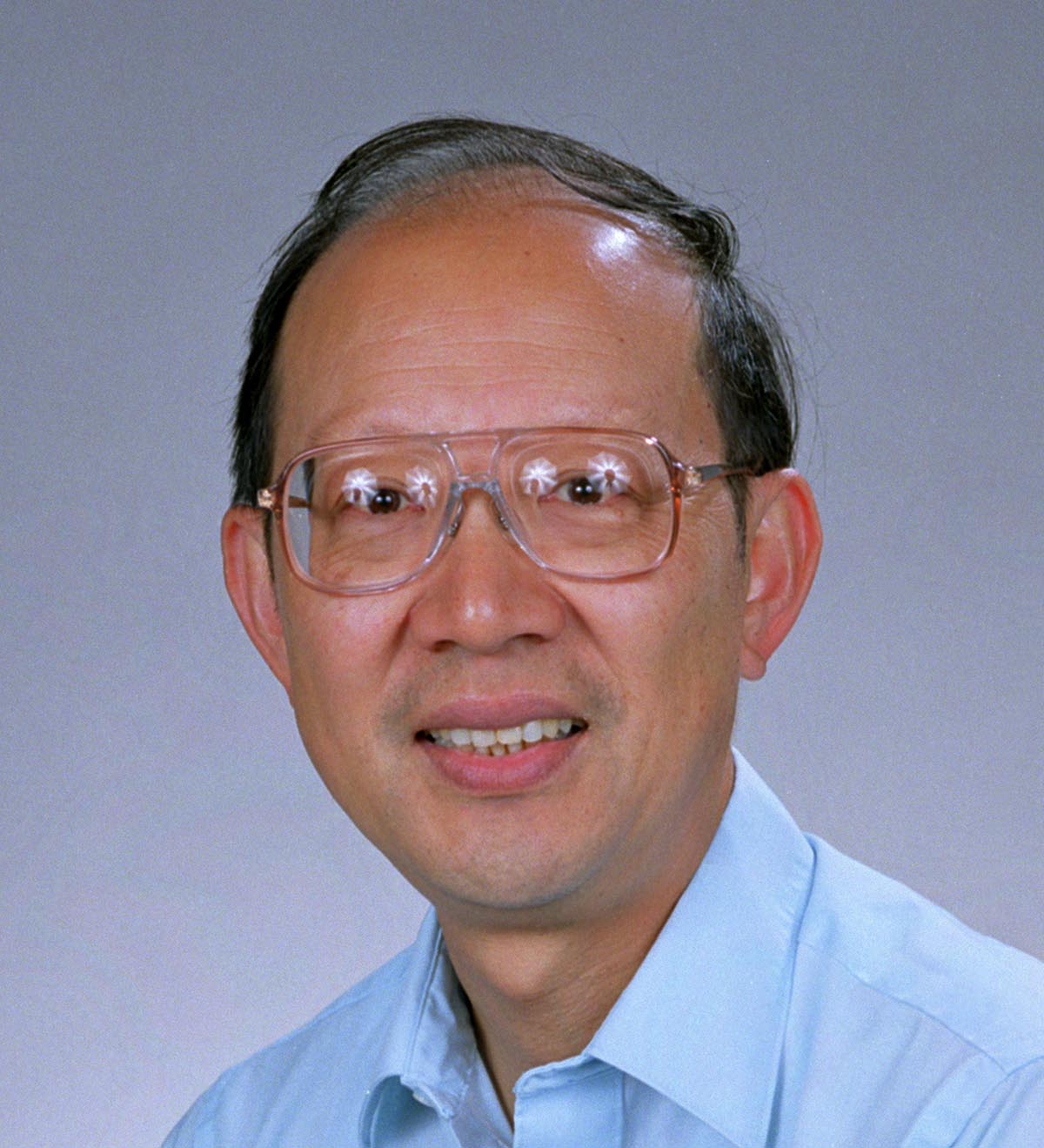Peter Yu received his B.Sc from the Univ. of Hong Kong in 1967 and the Ph.D. in Physics from Brown in 1972. After doing postdoctoral work at Berkeley between 1971-73, he joined the IBM T. J. Watson Research Center as a research staff member. He returned to Berkeley as a faculty member in 1979. He is a fellow of the American Physical Society and has been a Guggenheim Fellow and Miller Professor.
Research Interests
My research interest has been in experimental studies of the physics of semiconductors. I am particularly interested in problems relevant to device application of semiconductors such as defects, electron-phonon interactions and effects on these as a result of quantum confinement.
Current Projects
Electronic and Vibrational Properties of semiconductor Nanocrystals: Study of quantum wells (where confinement in a two-dimensional plane occurs) have demonstrated the importance of confinement in influencing the electronic and vibrational properties of semiconductors. It has been predicted that confinement in all three directions (quantum dots) will have further advantageous effects on device performance. My group has started a program to apply laser spectroscopies to systematically investigate the electronic and vibrational properties of semiconductor quantum dots grown by various techniques, including ion-implantation into SiO2 and self-organization during epitaxial growth by MBE.
Properties of Large Bandgap group III-Nitride Semiconductors: Recently the Japanese company Nichia has achieved several notable milestones in the area of semiconductor light-emitting diodes (LED) and lasers using the large band gap semiconductors GaN, GaIN and A1GaN. This company has produced commercially blue and green LED and announced the production of continuous-wave room temperature blue laser diodes with lifetimes longer than 10,000 hours. These breakthroughs have been achieved in thin film of GaInN with defect density of above 108 cm-2. Previous semiconductor films in lasers and LED typically have at least two orders of magnitude less defects. The success of Nichia has raised interesting questions such as why the group III-nitrides are so tolerant of defects and whether it is possible to achieve similar effects in other semiconductors. In my group we are investigating the origin of the emission from group III-nitrides and the effect of defects on these emission processes.
High Pressure Physics: Pressure is a thermodynamic variable which determines the properties of all matters in the same way as temperature. Pressure can induce major changes in the structural, electronic and magnetic properties of all condensed phases. Using diamond anvil based high pressure cells we can now measure optical and electrical properties of samples at pressure as high as a million times the atmospheric pressure. This has allowed us to study pressure induced insulator-metal transitions, superconducting transitions of Si in its high pressure metallic phases, etc. Effort is underway to study pressure-induced magnetic phase transitions in transition metal compounds.
Publications
P. Y. Yu and M. Cardona, “Fundamentals of semiconductors: physics and material properties,” (First Edition) (Springer-Verlag, Berlin, 1996); (Second Edition) (Springer-Verlag, Berlin, 1999); (Third Edition) (Springer-Verlag, Berlin, 2001); Japanese Translation (Springer-Verlag, Japan, 1999).
J. S. Colton and P. Y. Yu, What determines the emission peak energy of the blue luminescence in highly Mg-doped p-GaN?” Appl. Phys. Lett. 78, 2500 (2001).
K. L. Teo, S. H. Kwok, P. Y. Yu, and Soumyendu Guha, “Quantum confinement of the quasi-two-dimensional E1 excitons in Ge nanocrystals studied by resonant raman scattering,” Phys. Rev. B62, 1584 (2000).
In-Hwan Choi, Sung-Hwan Eom, and P. Y. Yu, “Pressure induced deep donor in the chalcopyrite semiconductor alloy Ag0.25Cu0.75GaS2,” Phys. Rev. B61, 4689 (2000).
J. S. Colton, P. Y. Yu, K. L. Teo, E. R. Weber, P. Perlin, I. Grzegory, and K. Uchida, “Selective excitation and thermal quenching of the yellow luminescence of GaN,” Appl. Phys. Lett. 75, 3273 (1999).
J. Zeman, S. Jullian, G. Martinez, P. Y. Yu, and K. Uchida, “Nanometer size determination of Type II domains in CuPt-ordered GaInP2 with high pressure magneto-luminescence,” Europhys. Lett. 47, 260 (1999).
S. H. Kwok, P. Y. Yu, C. H. Tung, Y. H. Zhang, M. Li, C. S. Peng, and J. M. Zhou, “Confinement and electron-phonon interactions of the E1 exciton in self-organized Ge quantum dots,” Phys. Rev. B59, 4980 (1999).
S. H. Kwok, P. Y. Yu, and K. Uchida, “Folding of X-point phonons and conduction-band valleys in partially CuPt-ordered Ga0.52In0.48P grown on GaAs,” Phys. Rev. B58, R13395 (1998).

